South Korea is ready to launch its domestically produced space rocket Nuri on May 24.
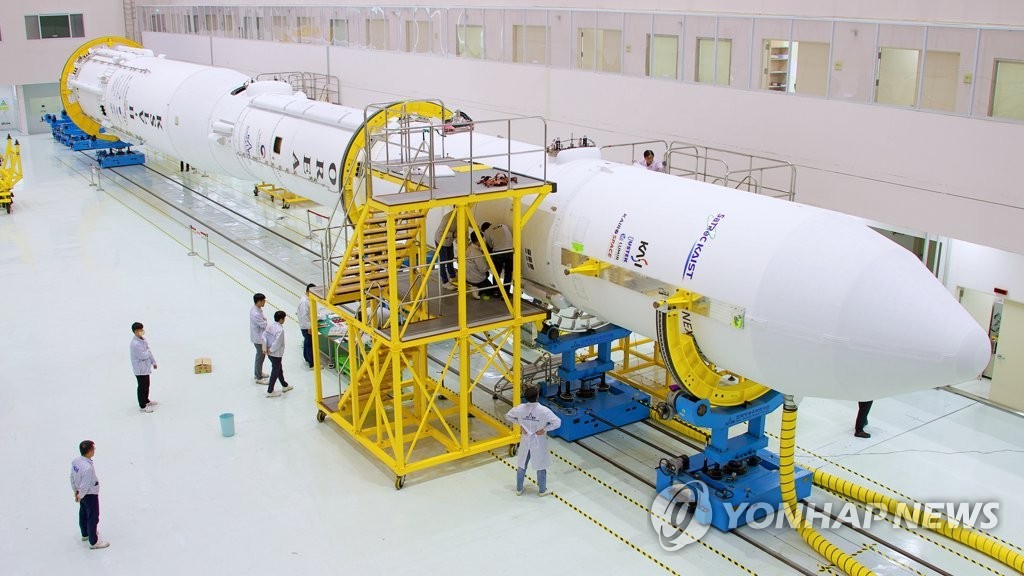 |
| South Korea's first domestically built rocket Nuri at the Naro Space Center in Goheung, South Jeolla Province. (Source: Yonhap) |
According to the Ministry of Science and ICT , the Korea Aerospace Research Institute (KARI) confirmed that final inspections showed that technical issues were secured, and weather forecasts also met launch conditions.
The Nuri space rocket (also known as KSLV-II) is 47.2m long, up to 3.5m in diameter and weighs 17.5 tons.
Unlike the first and second launches which only carried simulated satellites, in the third launch, the Nuri rocket will carry eight experimental satellites that can perform real missions.
The main satellite mounted on the Nuri rocket will be a second-generation small satellite developed by the Artificial Satellite Research Center of the Korea Advanced Institute of Science and Technology (KAIST).
In addition, there are four space weather observation satellites of the Korea Astronomy and Space Science Institute (KASI) and three cube satellites developed by three private entities (Justek, Lumir, Kairo Space).
The Nuri rocket was loaded onto the launch pad at the Naro Space Center in Goheung, South Jeolla Province, on the afternoon of May 23. The Nuri rocket is expected to launch at around 6:24 p.m. local time (4:24 p.m. Hanoi time).
This rocket launch, if successful, will demonstrate South Korea's ability to operate a space vehicle to carry payload satellites into target orbits.
South Korea test-launched its Nuri rocket for the first time on October 21, 2021. The rocket reached its target altitude of 700km but failed to put a dummy satellite into orbit due to a third-stage engine fire earlier than expected.
In June 2022, South Korea successfully launched the Nuri space rocket, putting a satellite into orbit, marking an important milestone in the country's space program.
As of now, South Korea has become the 7th country in the world to develop a space launch vehicle that can carry satellites weighing more than 1 ton, after Russia, the US, France, China, Japan and India.
Source


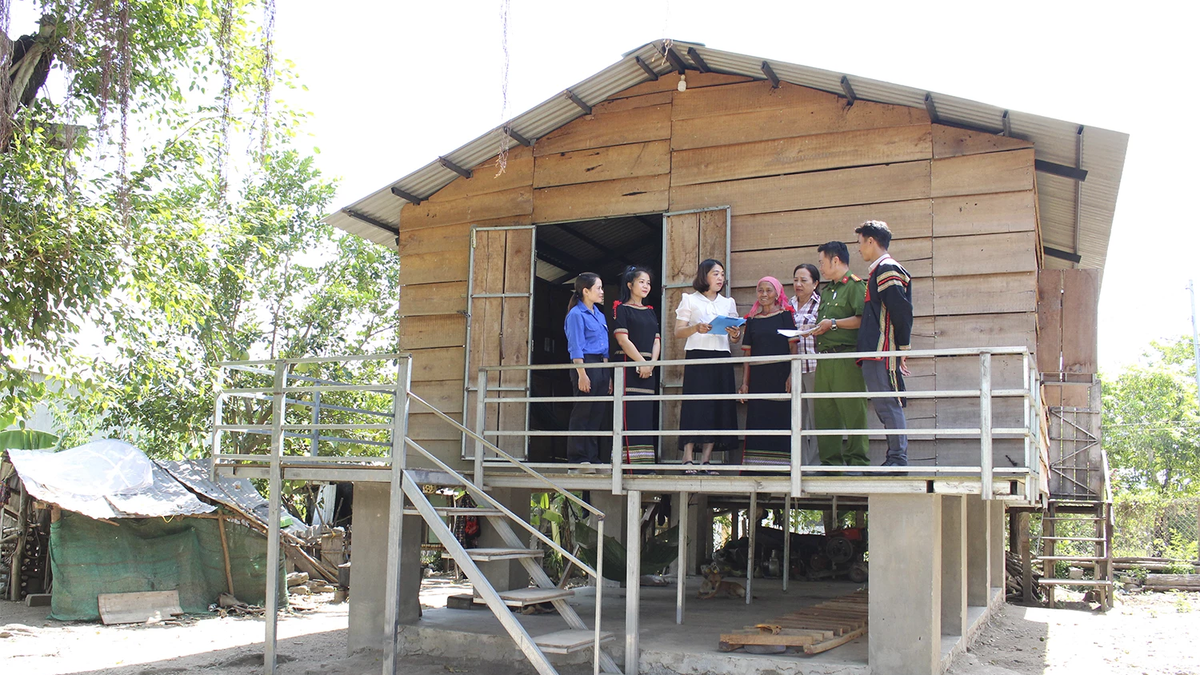
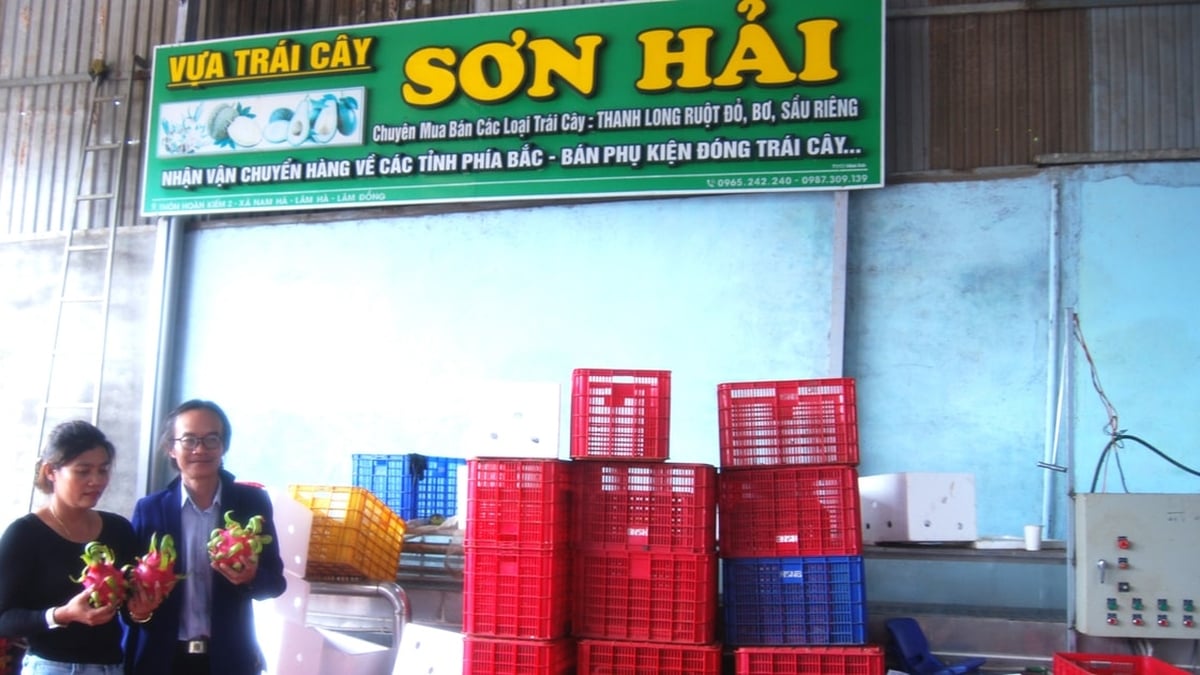
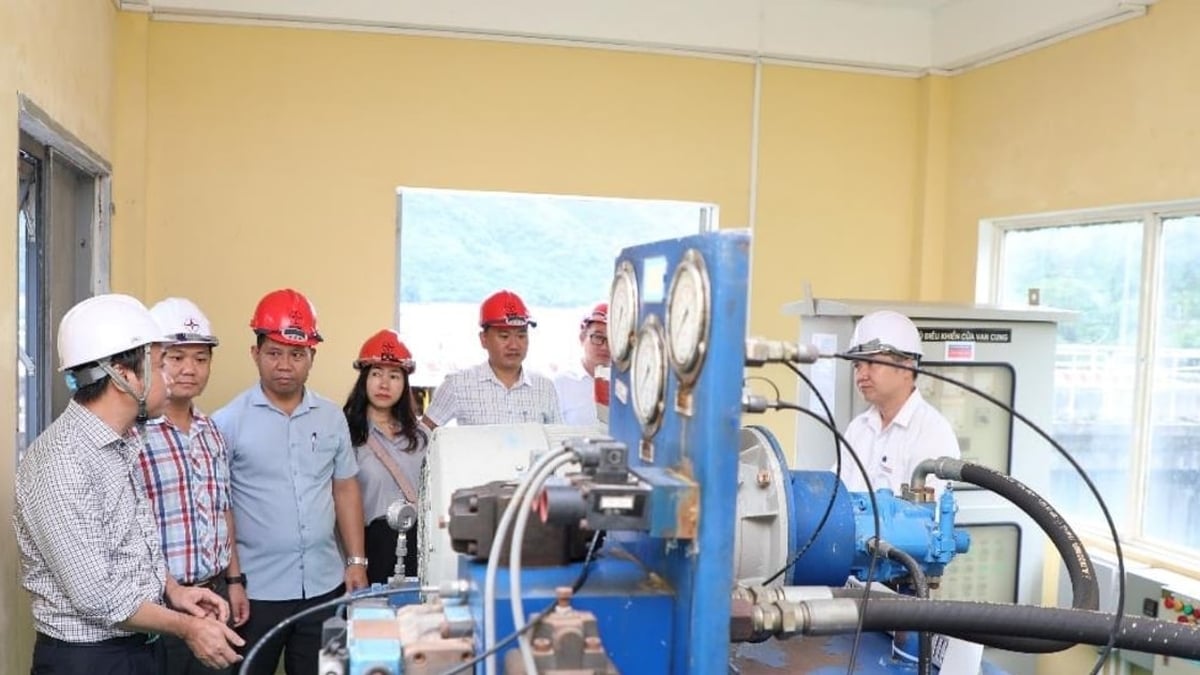



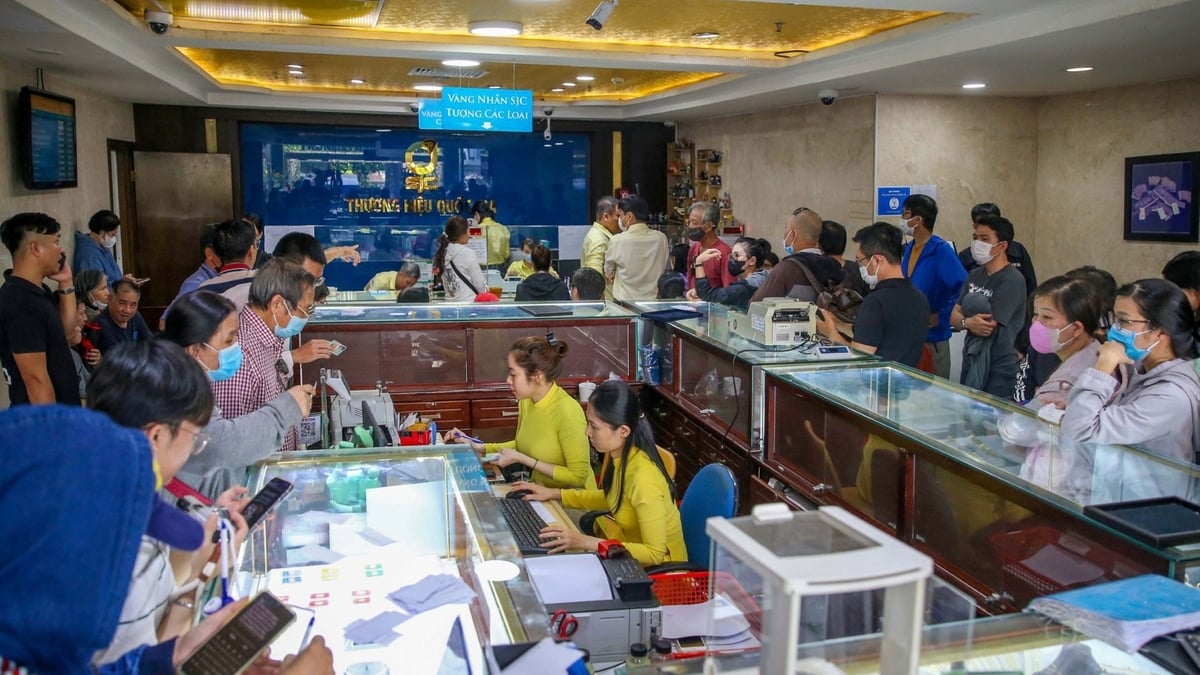
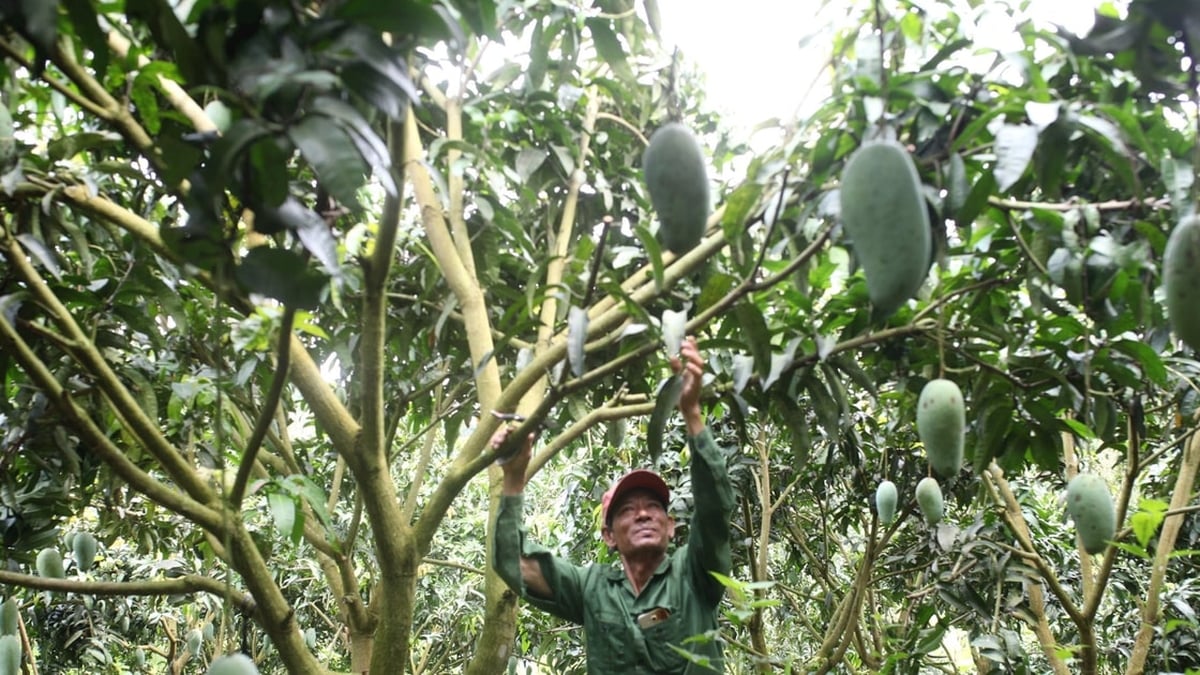
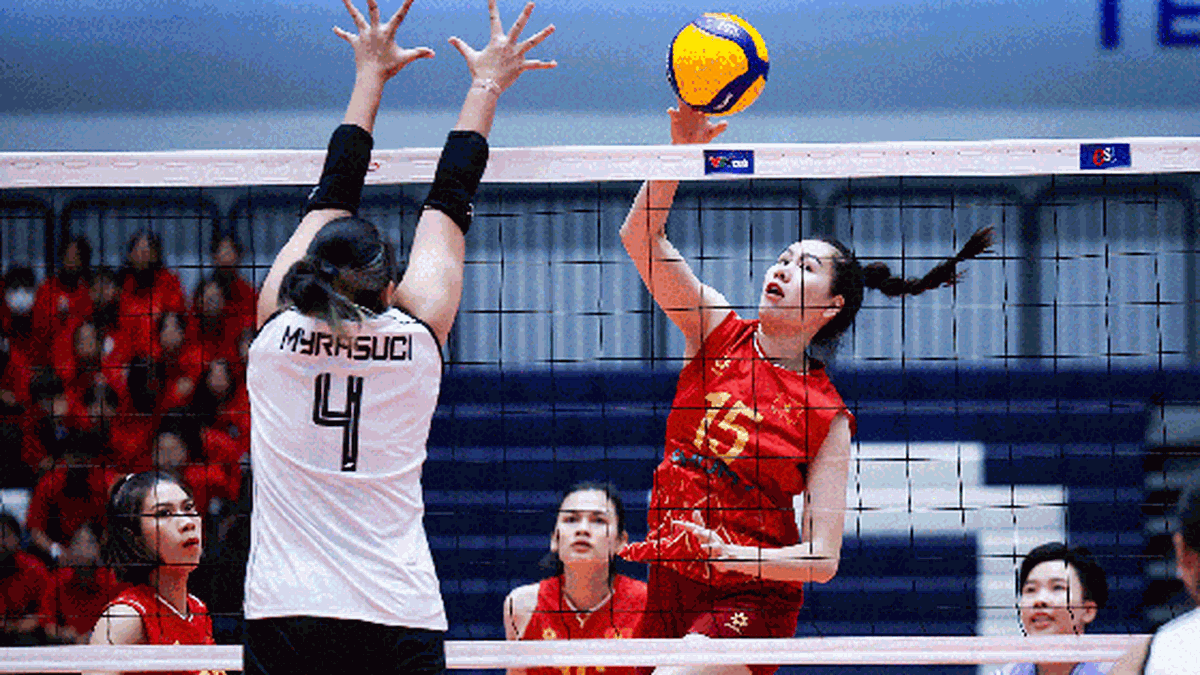
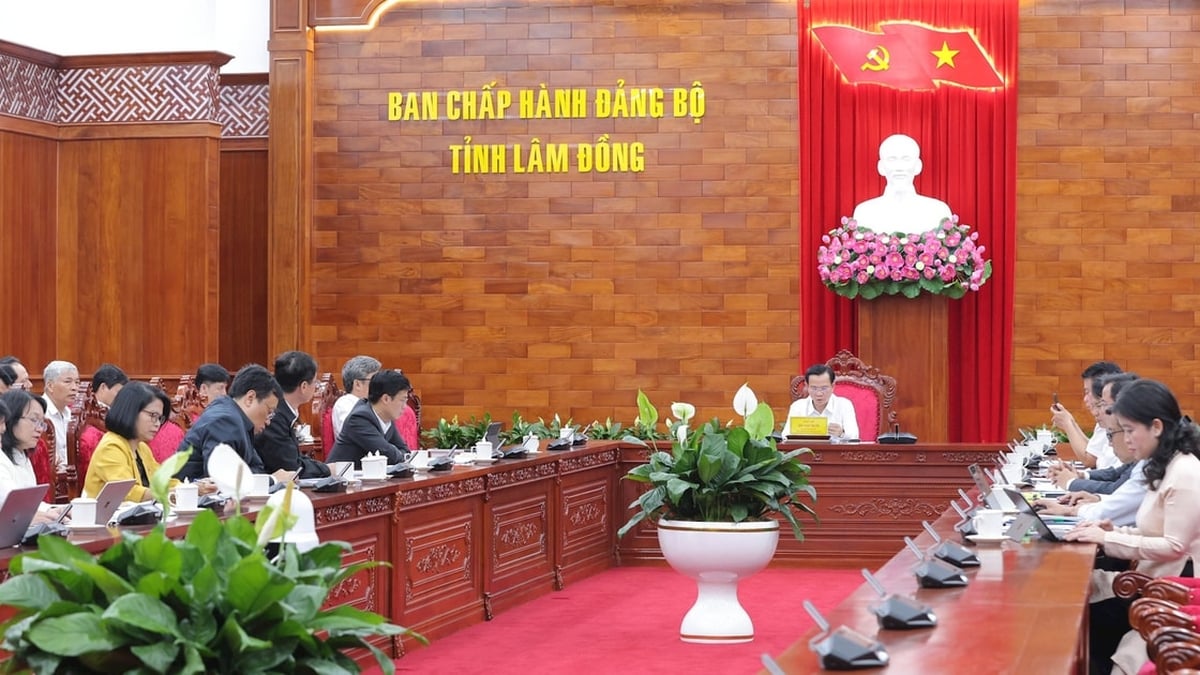






















































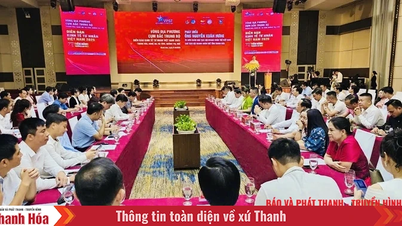

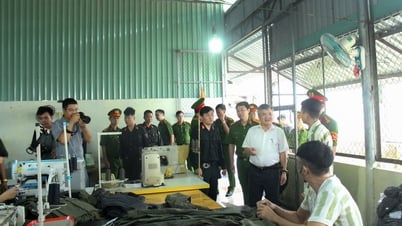


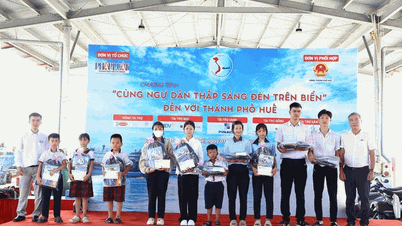































Comment (0)